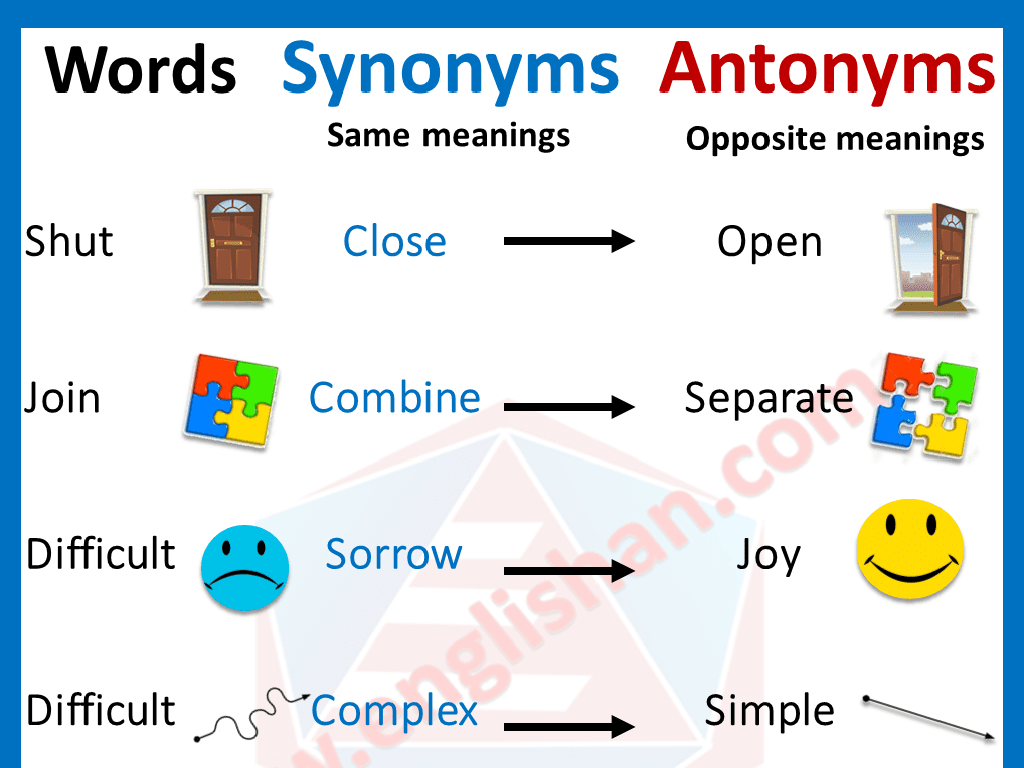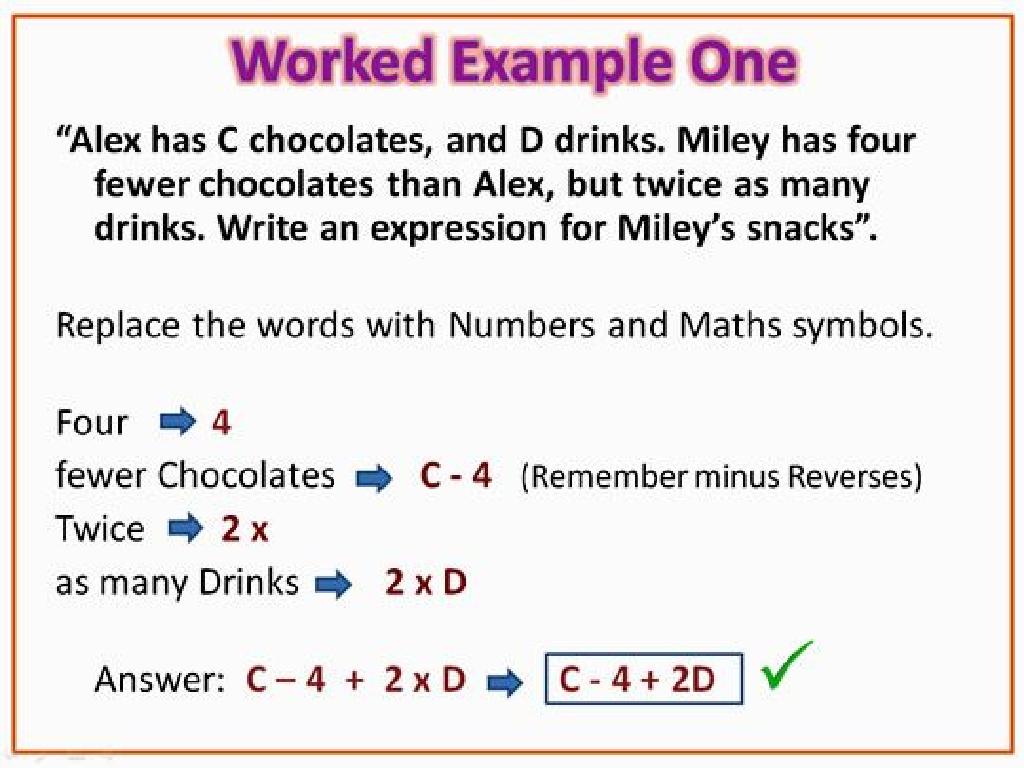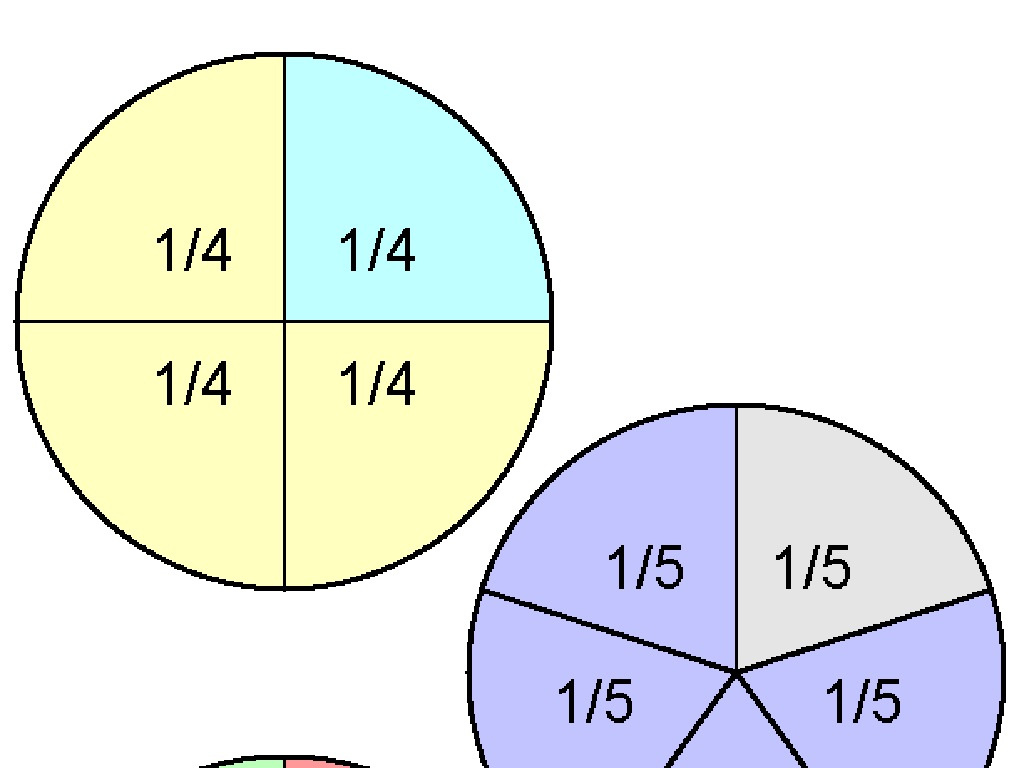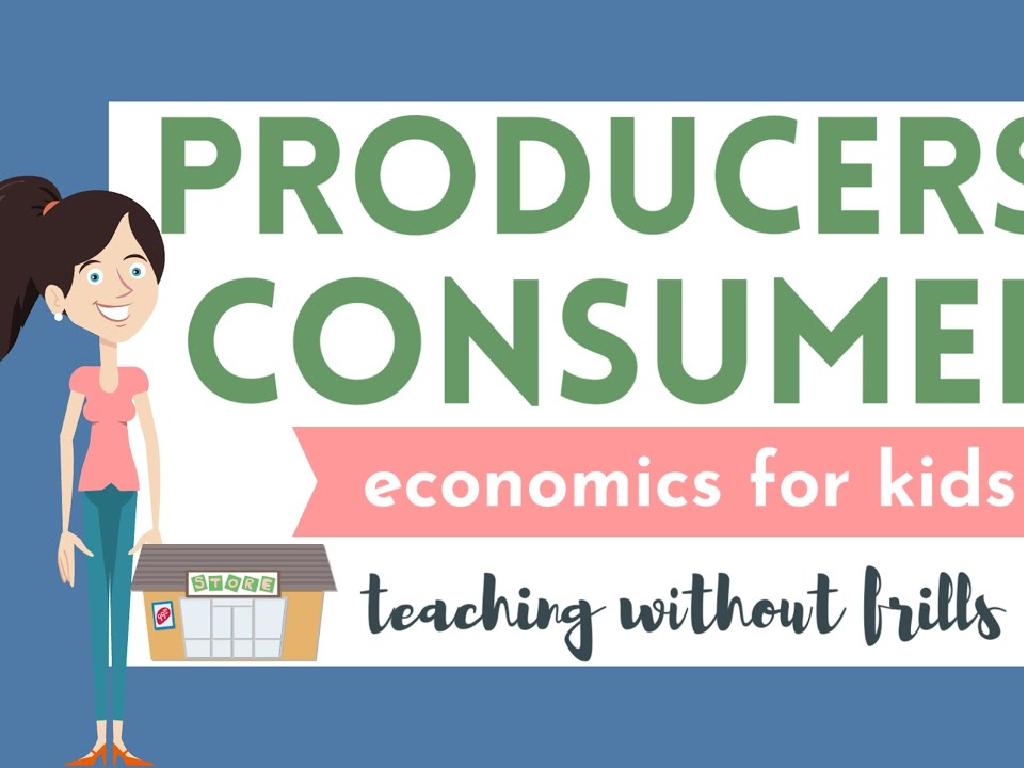Above And Below
Subject: Math
Grade: Pre-k
Topic: Positions
Please LOG IN to download the presentation. Access is available to registered users only.
View More Content
Exploring ‘Above and Below’
– Greet our young mathematicians
– Today’s focus: ‘Above and Below’
– ‘Above’ means higher, ‘Below’ means lower
– Understanding positions is fun
– We’ll use toys to learn these positions
– Engaging activities to learn
– Sorting, stacking, and drawing games
|
Welcome students warmly to the math class, emphasizing the excitement of learning new concepts. Today’s lesson is focused on understanding the positional words ‘above’ and ‘below.’ These terms are used to describe the relative position of objects. Use classroom objects and toys to demonstrate the concept practically. Engage the children with hands-on activities such as sorting objects, stacking blocks with one above another, and drawing pictures illustrating the concepts. This will help them grasp the idea of ‘above’ and ‘below’ in a playful and memorable way. Prepare to guide them through the activities, ensuring each child understands and can use these positional words correctly.
Exploring Positions: Above and Below
– Understanding positions
– Positions tell us locations of things
– Positions in our world
– Things can be above, below, beside, etc.
– Focusing on ‘Above and Below’
– Today we’ll learn what ‘Above’ and ‘Below’ mean
– Recognizing ‘Above and Below’
– Can you find objects ‘Above’ or ‘Below’ others?
|
This slide introduces the concept of positions to Pre-K students, focusing on the terms ‘Above’ and ‘Below’. Start by explaining that positions help us describe where things are located in relation to each other. Use classroom objects to demonstrate these positions, such as a ball above a box or a book below a chair. Encourage the children to look around and identify things that are above or below other things. This will help them understand the spatial relationship between objects. Make the learning interactive by asking them to place objects above or below others and describe what they did.
Exploring ‘Above’ in Positions
– ‘Above’ means higher or over
– Like a kite flying over a house
– Example: Bird above trees
– A bird is in the sky, trees are on the ground
– Think of ‘above’ examples
– Can a cloud be above a mountain?
– Draw something above another
– Use crayons to draw a sun above a house
|
This slide introduces the concept of ‘above’ to Pre-K students. Start by explaining that ‘above’ means something is higher or over something else. Use the example of a bird flying above the trees to illustrate the point. Ask the students to think of and share examples of other things that can be above something else, like a cloud above a mountain or a hat above a head. Encourage them to draw their own examples, such as a sun above a house, to reinforce the concept visually. This activity will help them understand spatial relationships and the meaning of ‘above’ in a fun and interactive way.
Understanding ‘Below’
– ‘Below’ means under something
– Example: Fish below water
– Like a fish swimming under the waterline
– Find items below others
– Look around the room for examples
– Draw items with ‘below’
– Use crayons to draw a picture showing ‘below’
|
This slide introduces the concept of ‘below’ to Pre-K students. Start by explaining that ‘below’ means something is lower or underneath another object. Use simple, relatable examples like a fish swimming under the water’s surface to illustrate the point. Encourage the children to look around the classroom or think about their experiences to find examples of items that are below other items. As an activity, have the students draw pictures of objects with one item placed below another, reinforcing the concept visually. This activity will help solidify their understanding of spatial relationships in a fun and interactive way.
Let’s Play: Above or Below!
– Look at pictures together
– Tell me what’s above
– Is the bird above the tree?
– Now, what’s below?
– Is the cat below the chair?
– It’s okay to guess!
|
This interactive slide is designed to engage Pre-K students in a game that helps them understand the concepts of ‘above’ and ‘below’. Display various pictures to the class and ask them to identify objects that are positioned above or below others. Encourage participation by reminding them that every attempt is a step towards learning, and there are no incorrect answers. Use clear, simple images that are easily distinguishable for young learners. Possible activities include identifying the sun above the house, a fish below the boat, a hat above a head, and shoes below the table. This will help them visually and conceptually grasp the spatial relationship between objects.
Exploring ‘Above and Below’ in Our Classroom
– Look around the classroom
– Find items above your head
– Are there lights or pictures above you?
– Spot items below your chair
– Maybe your backpack or shoes are below?
– Discuss our findings together
|
This slide is designed to engage Pre-K students in a practical activity to understand the concepts of ‘above’ and ‘below.’ Encourage the children to visually explore their immediate surroundings to identify objects that are positioned above their heads and below their chairs. This activity helps to reinforce spatial awareness and positional language. As they identify these items, prompt them to consider how they know something is above or below. After the exploration, gather the students to discuss their findings, encouraging them to use the terms ‘above’ and ‘below’ in their explanations. This will also enhance their vocabulary and descriptive language skills.
Class Activity: Above and Below Art!
– Create an ‘Above and Below’ collage
– Choose pictures for placement
– Pick any pictures you like from the selection
– Place pictures above or below the line
– Think about what things like to be up high or down low
– Share your collage with the class
– Tell us why you placed each picture above or below
|
This activity is designed to help Pre-K students understand the spatial concepts of ‘above’ and ‘below’ through a fun and interactive art project. Provide a variety of pictures for the children to choose from and a line on their paper to use as a reference point. Encourage them to think creatively about what objects or characters might be found above or below other objects in real life. Once they have created their collages, give each student the opportunity to explain their artwork, reinforcing their comprehension of the concepts. Possible variations of the activity could include using stickers, drawing their own pictures, or even creating a group mural.
Review and Goodbye!
– Recap: ‘Above and Below’
– We learned objects can be above or below others.
– Show ‘above’ and ‘below’ with hands
– Raise one hand up high and one hand down low.
– Praise for today’s learning
– Excited for next Math adventure
|
This slide is meant to conclude the session on ‘Above and Below’ by reviewing what the students have learned. Ask the children to demonstrate their understanding of ‘above’ and ‘below’ using their hands, which reinforces kinesthetic learning. Praise their efforts to instill a sense of accomplishment. End the class on a high note by expressing enthusiasm for the next lesson to keep them excited about learning Math. Remember to use positive reinforcement and ensure each child feels included and successful in today’s learning.






